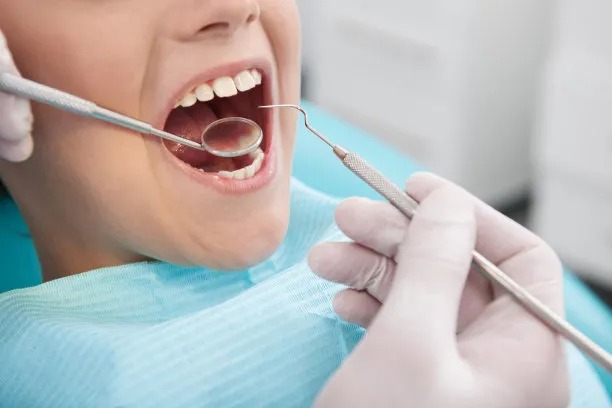The Essential Guide to Safely Extracting a Tooth at Home for Effective Pain Relief
Summary: Experiencing a dental issue can be a painful ordeal, leading many to consider home remedies for tooth extraction as a means of relief. This guide aims to provide a comprehensive overview of safely extracting a tooth at home, highlighting necessary precautions, tools, techniques, and post-extraction care. It emphasizes the importance of understanding when its appropriate to attempt this procedure and when to seek professional help. Knowledge of the right techniques can not only help alleviate pain effectively but also prevent complications. By following these guidelines, individuals can navigate the uncomfortable experience of tooth extraction with confidence and safety.
1. Understanding When to Extract a Tooth at Home

Before attempting to extract a tooth at home, its critical to ascertain whether you should even consider doing so. Many situations warrant calling a dentist, such as when the tooth is infected, severely decayed, or impacted. Attempting home extraction under these conditions can be dangerous and can exacerbate your current dental problems.
Another important factor is the tooths looseness. If the tooth is not wiggly or naturally inclined to come out, then forcing the extraction could cause damage to surrounding teeth and gums. Understanding the state of your dental health can help gauge your readiness for a home procedure.
If pain is your primary concern, consider alternative pain relief methods before resorting to extraction. Over-the-counter painkillers, ice packs, and natural remedies, like saltwater rinses, can often provide temporary relief without the need for a procedure.
2. Essential Tools for Safe Tooth Extraction
Once youve determined that extraction is necessary and safe, it’s essential to gather the right tools. A sterile pair of dental pliers or tweezers is vital for grip and control over the tooth. Utilizing sanitized tools minimizes the risk of introducing bacteria into the extraction site.
Additionally, you’ll need a clean gauze pad to control bleeding post-extraction. Having warm salt water for rinsing your mouth during and after the procedure can further help in maintaining hygiene and reducing discomfort.
It’s also beneficial to have local anesthetics available. Some people may choose to use topical numbing agents to dull the pain before extraction. However, this should be approached with caution to avoid complications from allergic reactions or improper use.
3. Step-by-Step Techniques for Tooth Extraction
The actual extraction process should be approached with care. Start by ensuring your hands are clean and that you are in a well-lit environment where you can easily access the mirror. Once you are ready, gently wiggle the tooth back and forth to loosen it, applying steady pressure if it feels free to move.
Use the dental pliers to grasp the tooth, keeping a firm grip without applying excessive force. This method allows for stability and control during the extraction process. If resistance is felt, do not force it out; instead, continue wiggling it gently.
Once the tooth is out, pressure should be applied to the socket using a gauze pad to minimize bleeding. Ensure you remain seated and comfortable, keeping your head elevated for a while, as this helps manage bleeding and aids in your recovery process.
4. Post-Extraction Care and Recovery Tips
Effective aftercare is crucial for a smooth recovery post-extraction. Immediately after the procedure, continue applying pressure with a gauze pad for at least 30 minutes. If bleeding persists, replace the gauze and maintain pressure for additional intervals.
Avoid strenuous activities and refrain from using straws for at least 24 hours, as sucking can dislodge the blood clot forming at the extraction site, leading to complications such as dry socket.
During the first couple of days, stick to a soft food diet and keep your mouth clean through gentle rinsing with warm salt water. Monitor for any signs of infection, such as fever, increased pain, or swelling. If these symptoms arise, seeking professional dental care is imperative.
Summary:
To safely extract a tooth at home, one must first assess whether it is appropriate to do so, ensuring the proper tools and techniques are utilized. Understanding post-extraction care is vital for avoiding complications and ensuring effective pain relief. While home extraction can be a feasible option in certain cases, it’s essential to remain vigilant and observant of ones overall dental health to prevent further issues.
This article is compiled by Vickong Dental and the content is for reference only.



